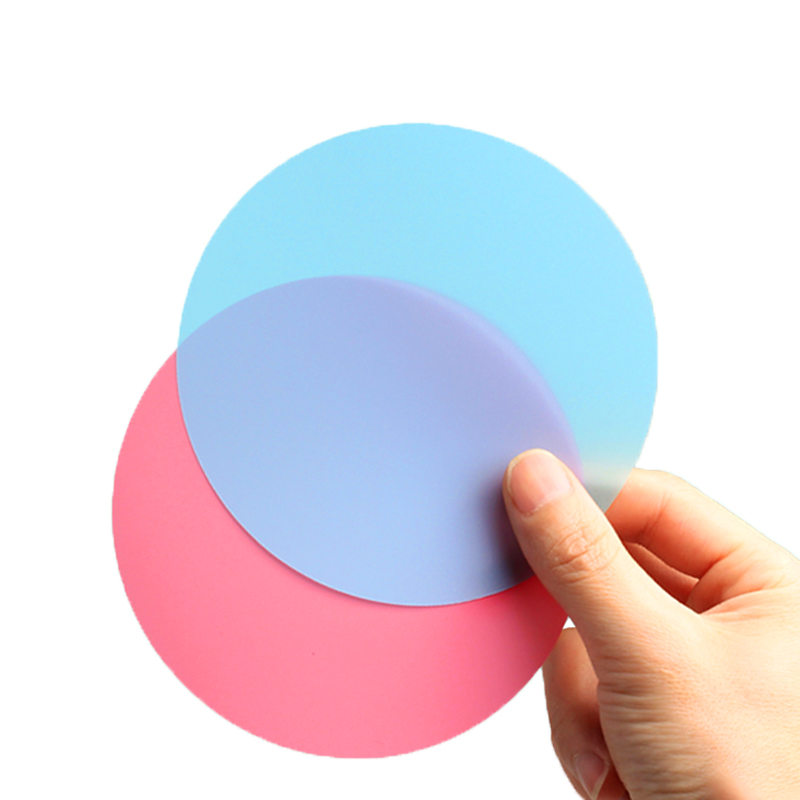Everything You Need to Know About Lapping Films
Everything You Need to Know About Lapping Films
Lapping films are an essential tool in the precision polishing and finishing of various materials, including fiber optic connectors, metals, ceramics, glass, and semiconductors. These films play a critical role in achieving high-quality surfaces with minimal defects, improving both the aesthetic and functional aspects of the workpiece. Whether you're working in industries like fiber optics, aerospace, automotive, or manufacturing, understanding the types, uses, and techniques for using lapping films is crucial for optimal results.
What Are Lapping Films?
Lapping films are precision-coated abrasives, typically made from polyester or other durable backing materials, with an abrasive compound bonded to the surface. These films are used in the lapping or polishing process, where fine abrasive particles remove minute amounts of material from a workpiece, producing a smooth, high-precision finish.

Types of Lapping Films
Lapping films are categorized based on the abrasive materials used, such as:
-
Diamond Lapping Films
- Use: Diamond films are ideal for polishing extremely hard materials such as metals, ceramics, and optical fibers.
- Abrasive Size: These films typically come in very fine grades, from 0.1 µm to 30 µm.
- Applications: Polishing tools, hard metal parts, optical components, and fiber optic connectors.
-
Silicon Carbide (SiC) Lapping Films
- Use: Known for their versatility, silicon carbide films are used for coarse to intermediate polishing steps.
- Abrasive Size: Available in grades ranging from 30 µm to 1 µm.
- Applications: Epoxy removal, surface smoothing, and intermediate polishing for various materials, including fiber optic connectors.
-
Aluminum Oxide Lapping Films
- Use: Aluminum oxide is commonly used when diamond films are unnecessary, especially in softer materials.
- Abrasive Size: Usually available in a wide range, from 30 µm to 0.01 µm.
- Applications: Polishing metals, plastics, ceramics, and composites.
-
Cerium Oxide Lapping Films
- Use: Primarily used in final polishing, especially for optical materials and glass components.
- Abrasive Size: Typically ranges from 3 µm to 0.05 µm.
- Applications: Final polishing of fiber optic connectors, glass lenses, and ceramics.
-
Silicon Dioxide Lapping Films
- Use: Silicon dioxide (SiO₂) films are often used for final polishing of optical components.
- Abrasive Size: Available in ultra-fine grades for precision polishing, usually 1 µm or less.
- Applications: Final polishing of fiber optic connectors (PC and APC) and other optical surfaces.
-
Flocked Lapping Films
- Use: These films have a layer of microfibers (flocking) to enhance the polishing effect and reduce the risk of surface damage.
- Applications: Often used for fiber optic polishing, especially for multi-fiber connectors like MPO/MTP.
Key Characteristics of Lapping Films
-
Micron Grading:
Lapping films come in different grades, with micron values representing the size of the abrasive particles. Finer grades (smaller micron sizes) are used for finishing and polishing, while coarser grades are used for surface shaping and epoxy removal. -
Backing Material:
Most lapping films have a strong, flexible backing material made from polyester or other durable materials. Some films also come with a Pressure Sensitive Adhesive (PSA) backing, making it easy to apply and replace on polishing plates or equipment. -
Water-Resistant:
Lapping films are typically water-resistant, allowing them to be used with water or polishing slurries for enhanced polishing results. -
Surface Smoothness and Precision:
Lapping films are designed to provide uniform, repeatable results, ensuring precise surface finishes. This makes them ideal for high-precision industries like fiber optics, semiconductors, and automotive manufacturing.
Applications of Lapping Films
Lapping films are widely used across various industries, each benefiting from their precision and ability to provide a flawless finish:
-
Fiber Optic Industry:
- Polishing Fiber Optic Connectors:
Lapping films are essential in polishing connectors like SC, LC, ST, MPO, and MTP, ensuring minimal insertion loss and high return loss performance. Films like diamond, cerium oxide, and silicon dioxide are used for epoxy removal, fiber height adjustment, and final polishing.
- Polishing Fiber Optic Connectors:
-
Aerospace Industry:
- Precision Polishing of Components:
In aerospace manufacturing, lapping films are used to polish turbine blades, engine components, and other critical parts. The films help ensure that surfaces are smooth, free from defects, and capable of withstanding the harsh conditions they encounter.
- Precision Polishing of Components:
-
Automotive Industry:
- Superfinishing of Engine Parts:
Lapping films are used to finish engine components like camshafts, crankshafts, and pistons. They provide a high level of smoothness and accuracy, contributing to improved performance and longevity of these parts.
- Superfinishing of Engine Parts:
-
Semiconductor Manufacturing:
- Polishing Wafers and Chips:
In semiconductor manufacturing, lapping films are used to polish silicon wafers and other semiconductor materials to achieve ultra-smooth surfaces needed for chip production.
- Polishing Wafers and Chips:
-
Medical Device Manufacturing:
- Precision Polishing for Surgical Instruments:
Lapping films are used to polish surgical tools, implants, and diagnostic devices. The films provide smooth finishes that are essential for both functional performance and hygiene.
- Precision Polishing for Surgical Instruments:
Polishing Process Using Lapping Films
-
Preparation:
- Ensure that the connector or workpiece is clean and free from debris. Use an appropriate jig or holder to secure the workpiece during polishing.
-
Coarse Polishing:
Use a coarser lapping film (e.g., 30-15 µm) to remove epoxy, surface irregularities, and to shape the ferrule or surface. -
Intermediate Polishing:
After coarse polishing, use finer films (e.g., 9-3 µm) to refine the surface and remove any remaining scratches. -
Pre-Final Polishing:
Use a fine-grade film (e.g., 3-1 µm) to smooth the surface and adjust the fiber height. -
Final Polishing:
For the final, mirror-like finish, use Silicon Dioxide, Cerium Oxide, or Flocked Polishing Films (0.5 µm or less). This ensures low insertion loss and high return loss. -
Inspection:
After polishing, inspect the surface with a microscope to ensure the desired finish and geometry. Clean the workpiece to remove any remaining polishing residue.
Why Choose XYT Lapping Films?
- Precision and Consistency: XYT lapping films are engineered for superior performance, offering reliable and consistent results across various polishing stages.
- Wide Range of Abrasive Options: XYT provides a comprehensive selection of lapping films, including diamond, silicon carbide, cerium oxide, and silicon dioxide, suited to different polishing needs.
- Customization: XYT offers customized film sizes and grit options to match your specific polishing requirements.
- Quality and Compliance: XYT lapping films meet industry standards, ensuring high-quality finishes for critical applications.
Contact XYT for More Information:
For any inquiries or to place an order, please contact us today:
- Email: sales@xytbrands.com
- Phone: +86-15702088819
Enhance your polishing process with XYT Lapping Films and achieve exceptional results in fiber optic, semiconductor, aerospace, automotive, and medical device applications.
-

Telecommunications
-

Automotive
-
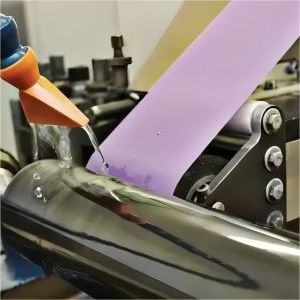
Roller finishing
-
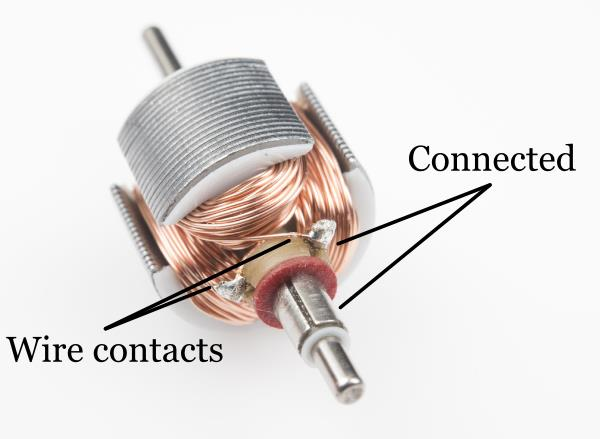
Electronics
-
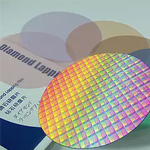
Semiconductors
-
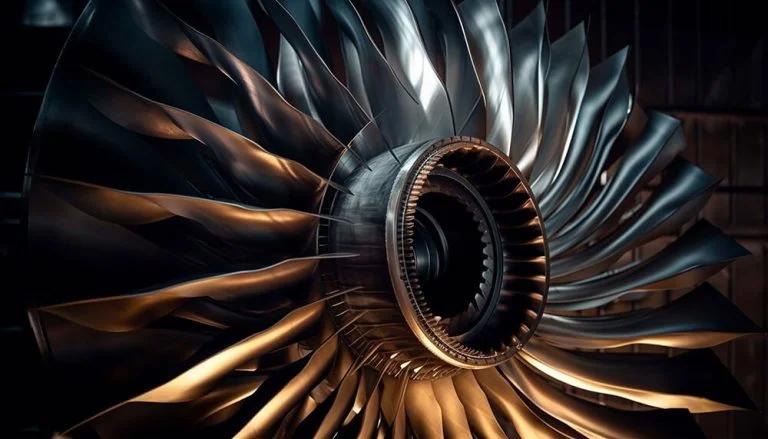
Aerospace
-
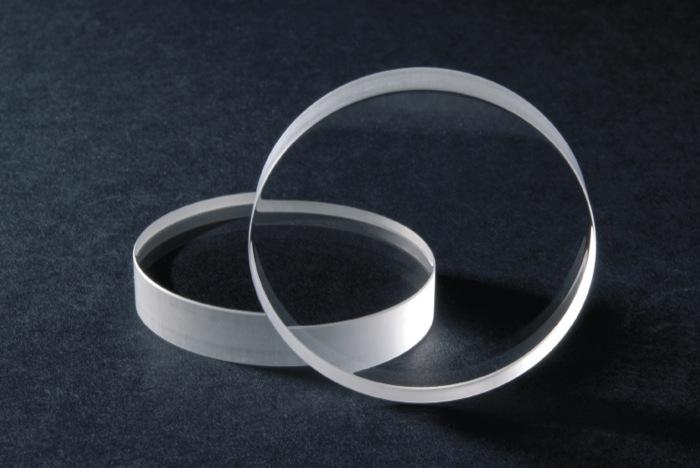
Optical Glass Crystal
-
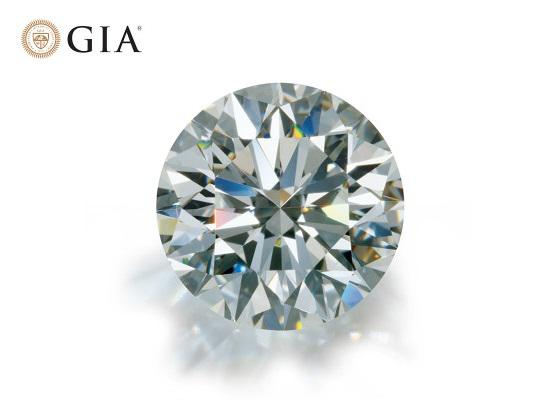
Jewellery lapidary
-

Medical
-

Oil & Gas
-

Food Processing
-
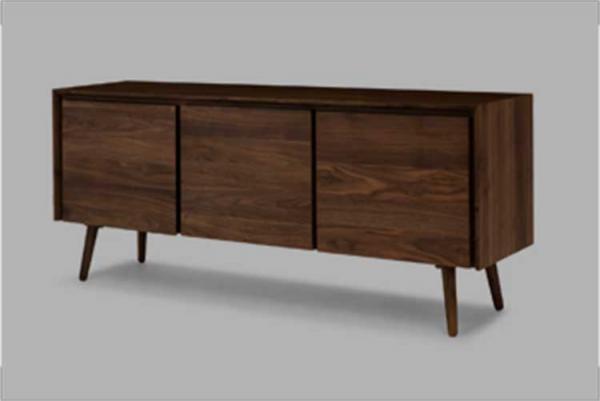
Furniture and Wood industry
-
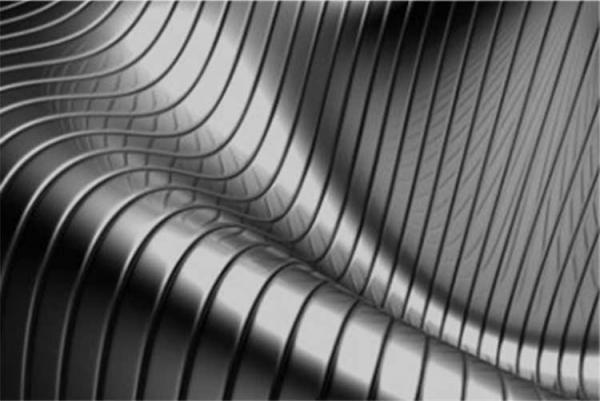
Metals Finish
-
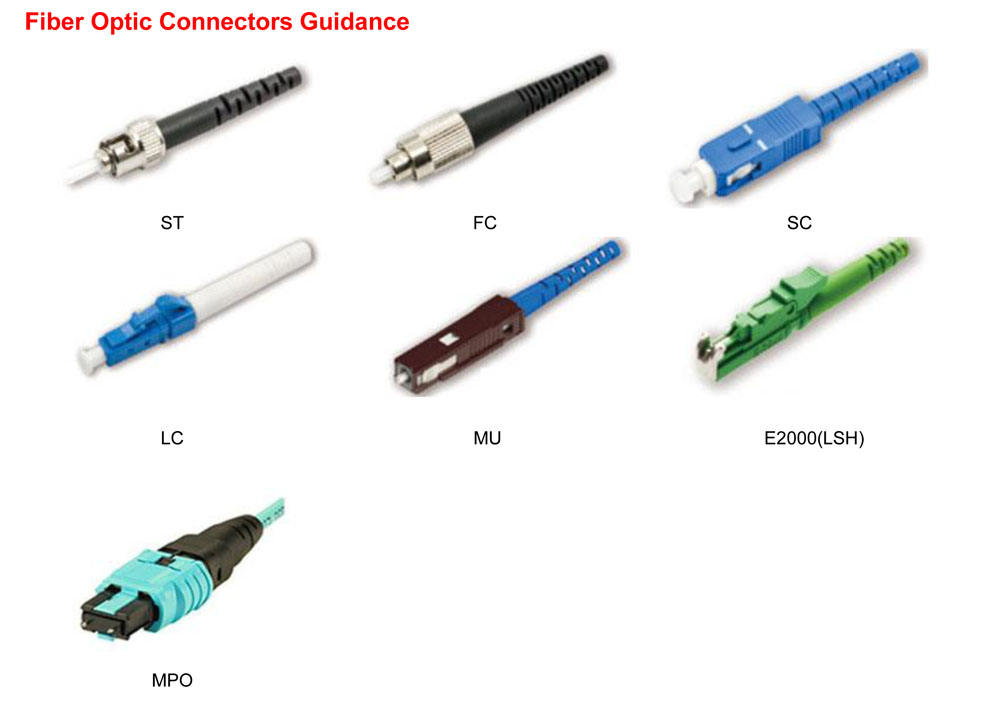
Fiber Optics Polishing
-
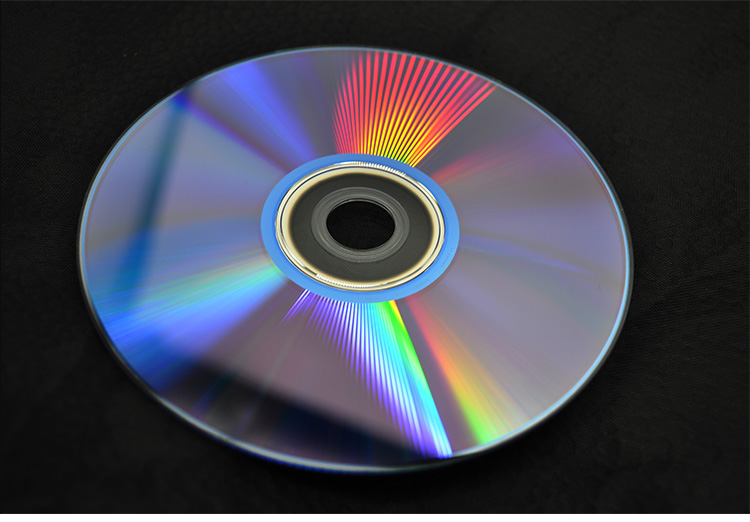
Music industry
-
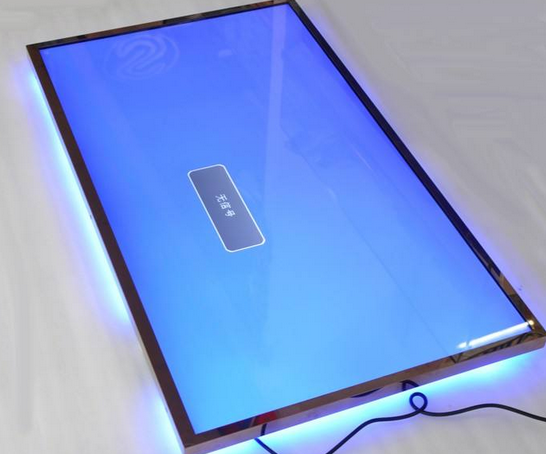
LED LCD Panel
-
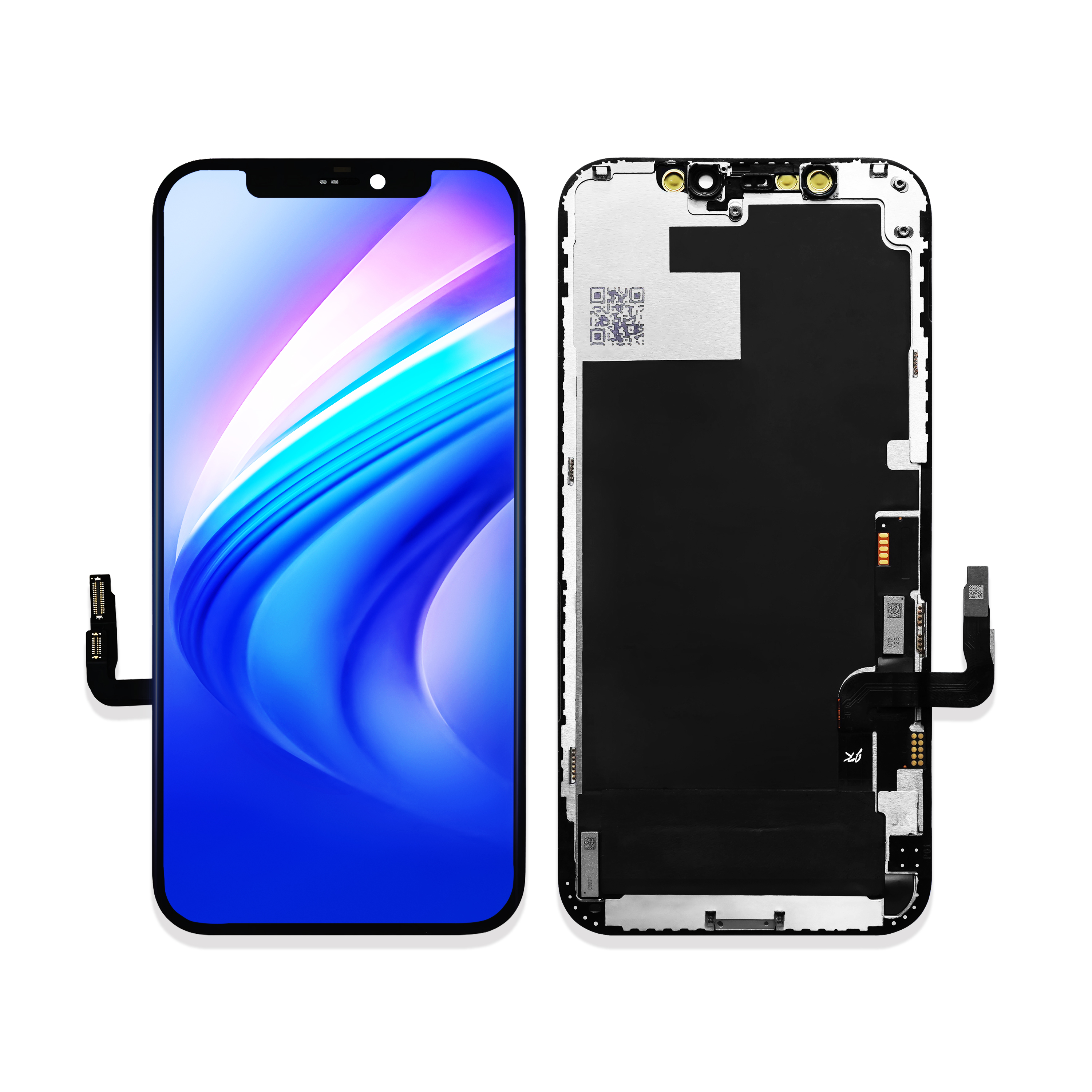
Mobile Phone Industry
-
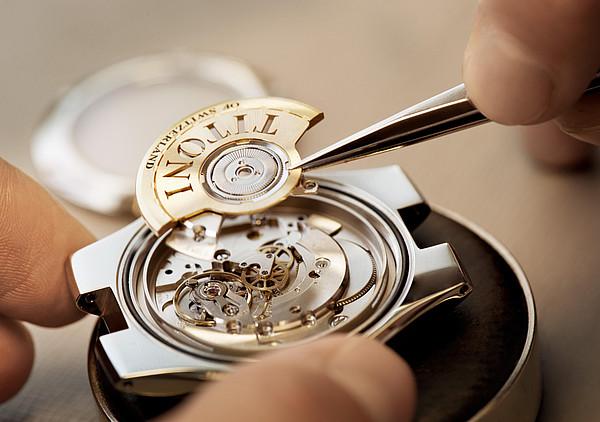
Watch
-
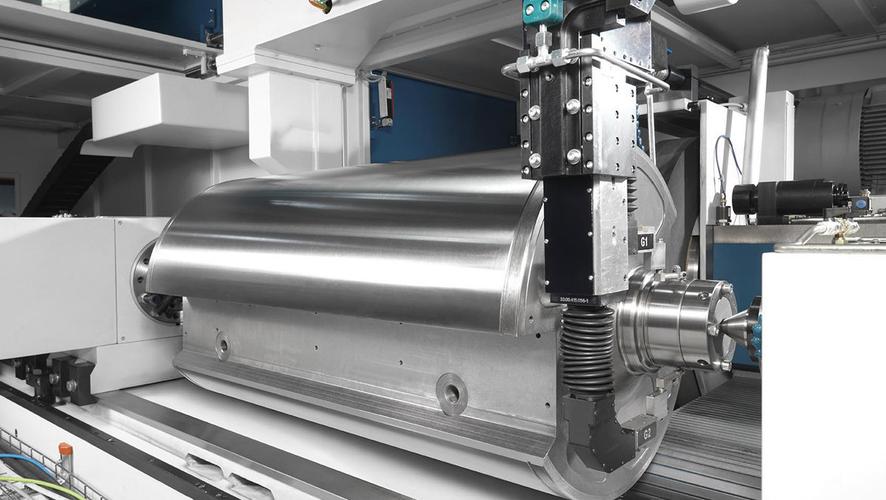
Printing and Paper industry
-
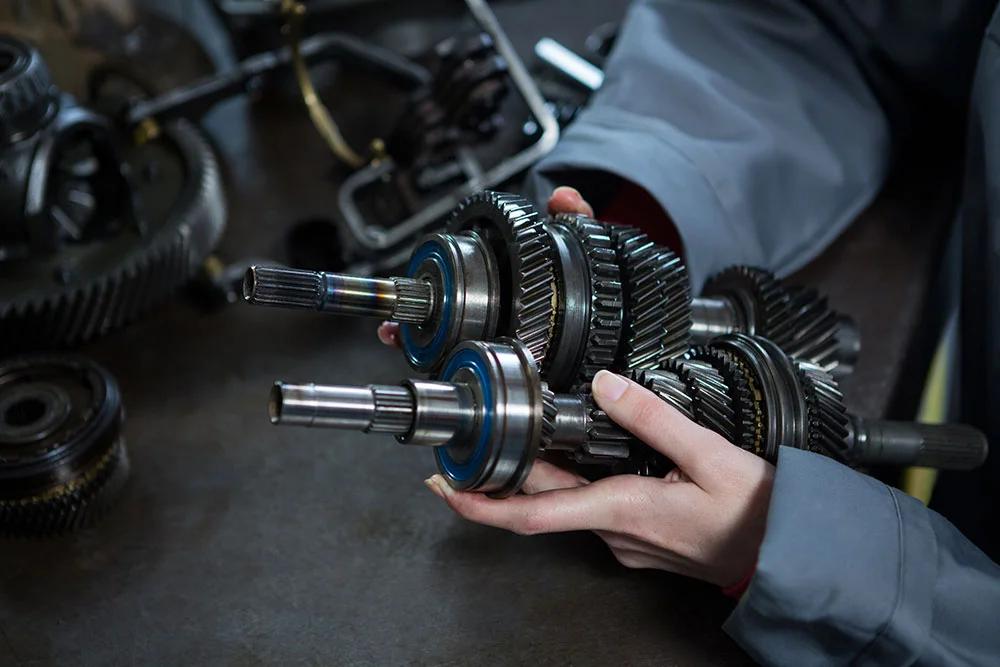
Engine and Machine parts
-
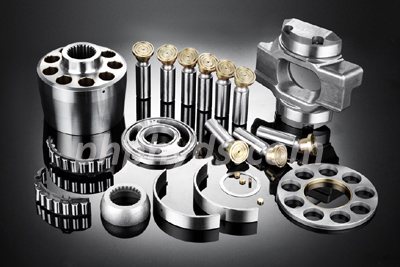
Hydraulic components
-
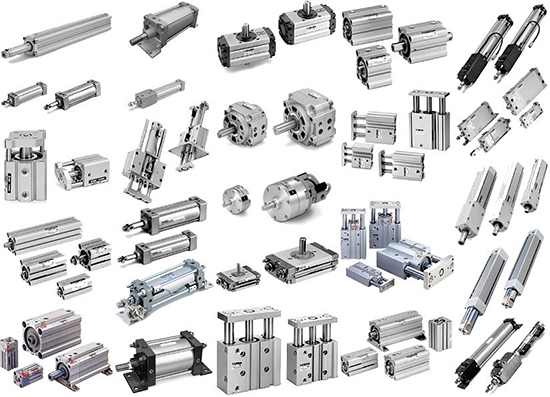
Pneumatic components
-
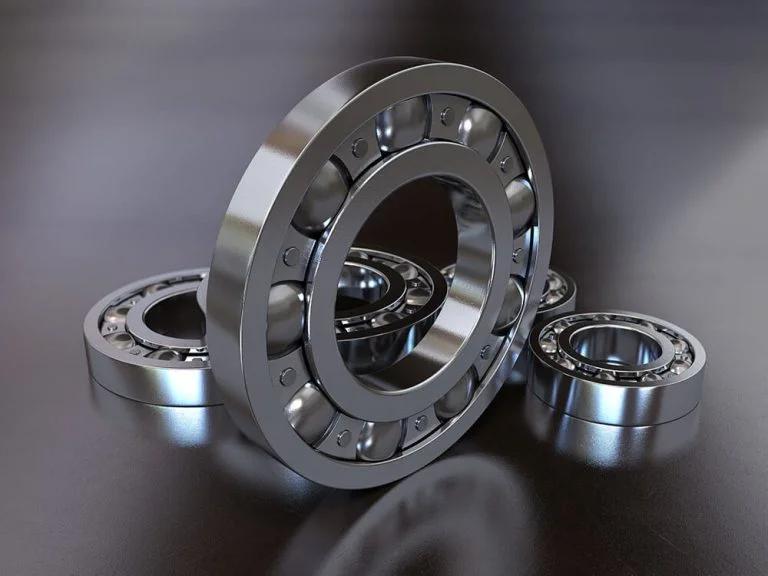
Ball bearings
-
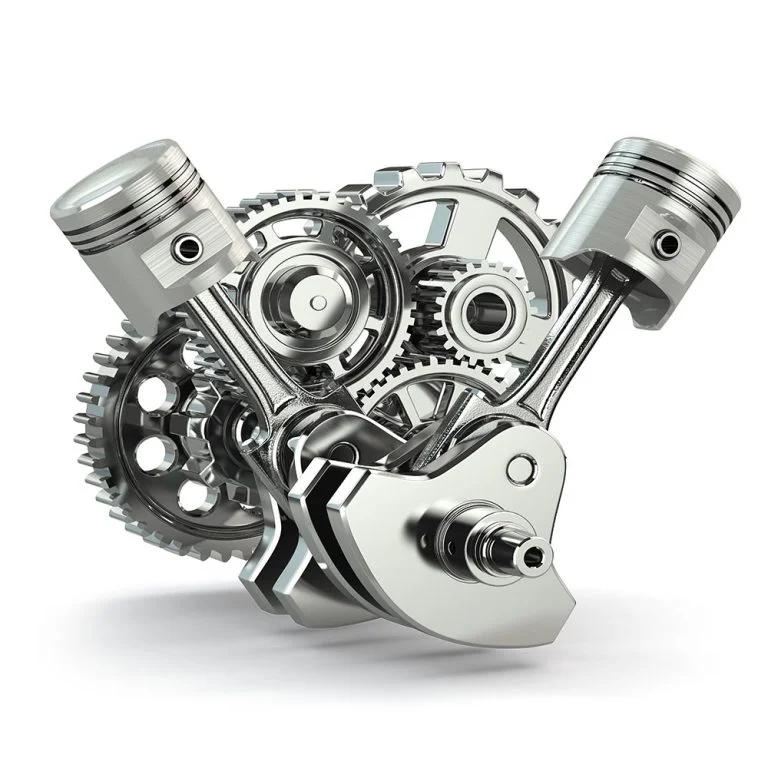
Gear and Train components
-
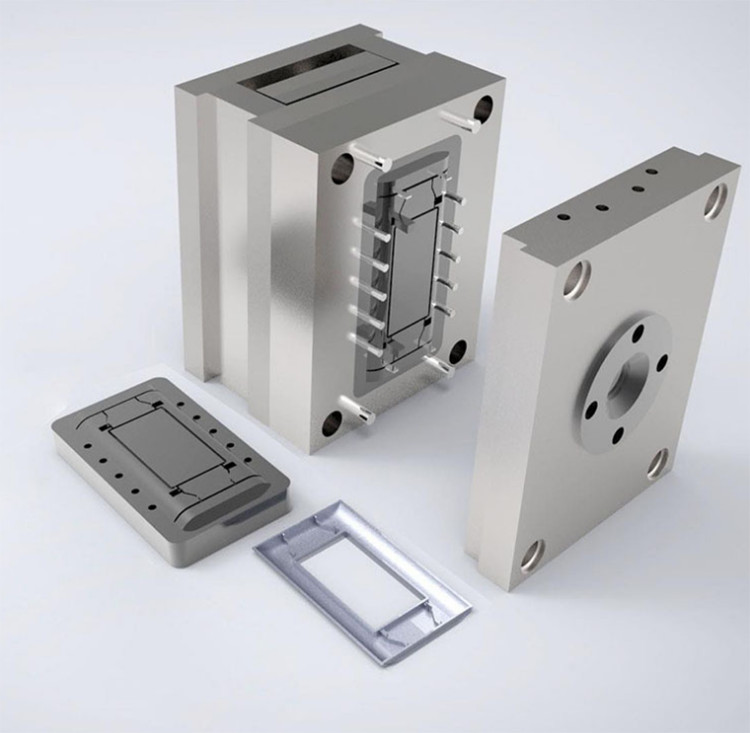
Moulds
-
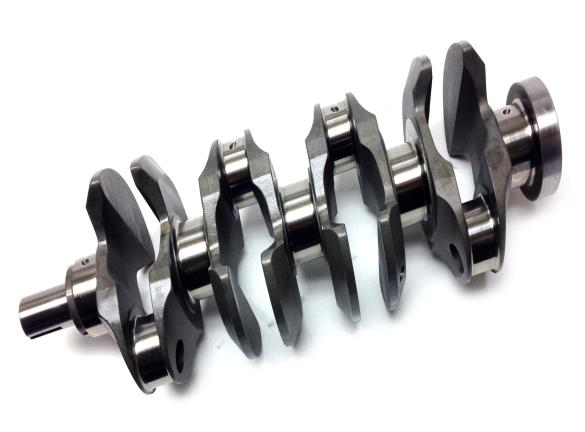
Cranks Cams and Steering devices
-

Dental Polishing
-
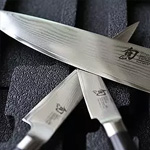
Knife Blade Tools sharpening
-
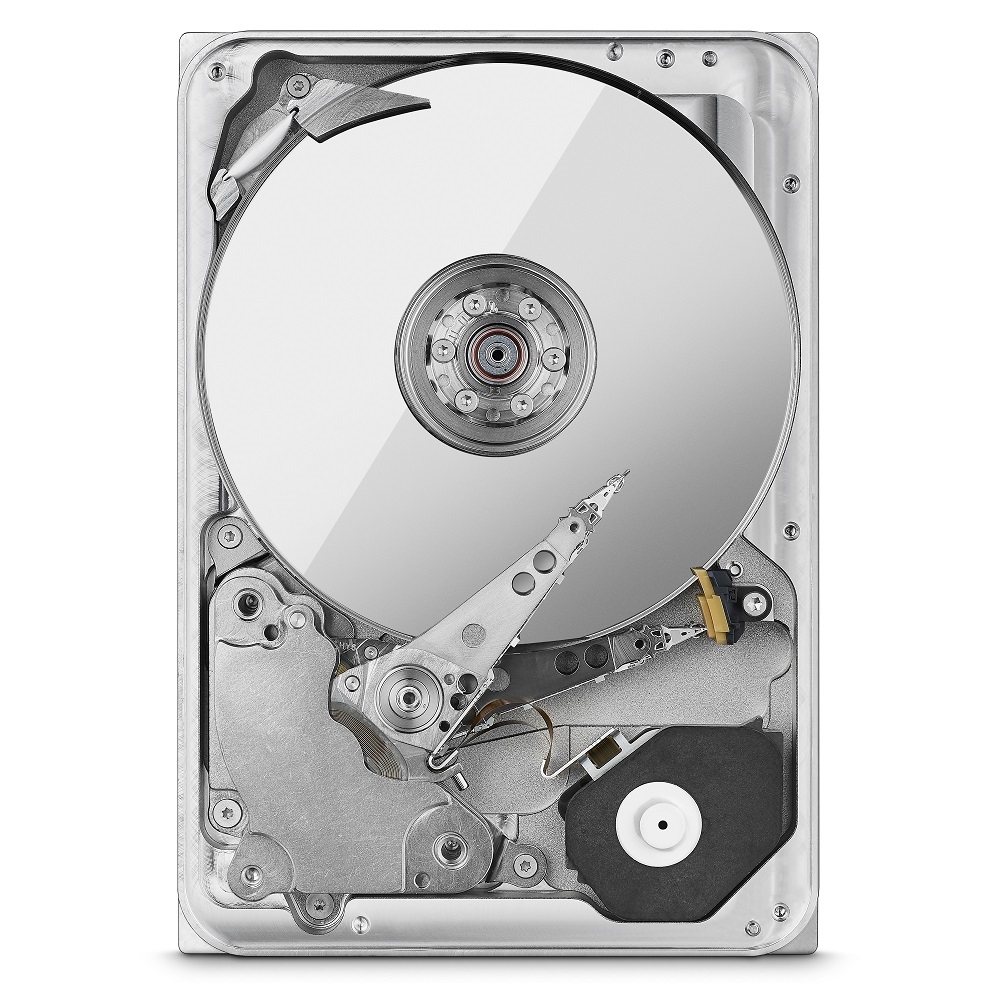
Hard disks and Magnetic head
-
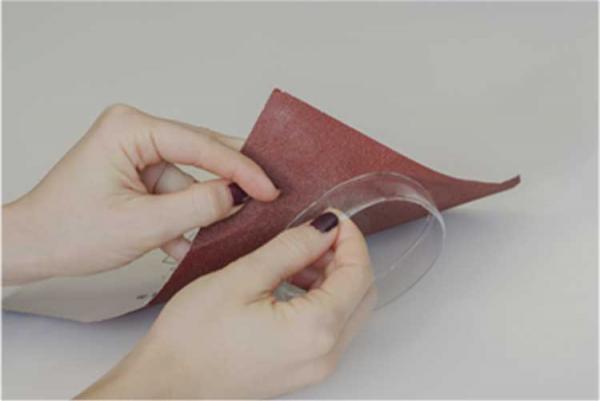
Other parts end face polishing



















































































